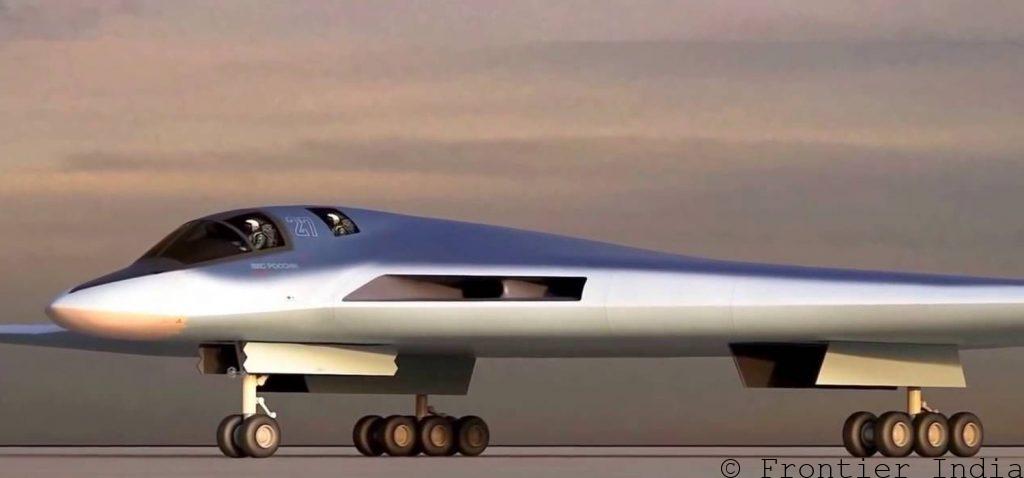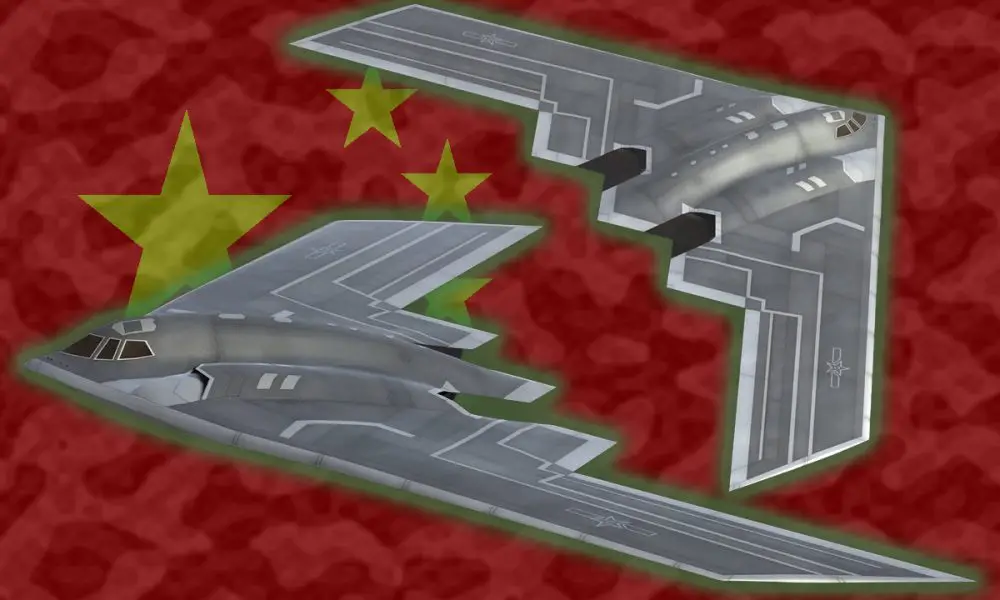Six Northrop Grumman B-21 Raiders are being manufactured at Plant 42 in California, and the first bomber will fly this year, says Maj Gen Jason R. Armagost, who serves as the director of operations and communications of the Air Force Global Strike Command (AFGSC). He said rapid progress is made possible by the widespread use of “digital engineering”.
The six bombers are demonstrators and prototypes that will serve for the research and development phase of the B-21 program, he said.
The B-21 Raider and the GBSD (Ground-Based Strategic Deterrent) new intercontinental nuclear missile development program are among the most important U.S. Air Force (USAF) projects.
The B-21 Raider and rapid building technologies
The Raider is a strategic weapons system that will allow the U.S. military to maintain its influence worldwide. Unlike the B-1 Lancer, B-2 Spirit and B-52 Stratofortress cold-war bombers, the B-21 is a much smaller, service-sustainable and significantly cheaper aircraft. The B-21 will replace, in particular, the B-1 and B-2.
The B-21 bomber will enter service in 2026 and 2027. However, it is unclear whether it means entering the USAF fleet or achieving operational capabilities. The development and purchase of the first 100 B-21s should cost $ 80 billion in 2016 prices. There is talk of the need to purchase at least 145 B-21s. The protection of the B-21 on its missions will be provided by the developed American fighter of the sixth generation NGAD (Next-Generation Air Dominance) with an extremely long range.
“The B-21 is moving into the future and will become our penetration tool to reach restricted areas [A2 / AD]. It will be a dual-purpose aircraft [for conventional and nuclear strikes],” said Armagost. “Six aircraft are now being built. The roll-out will take place this year. I am not entitled to state the probable date, but then the first flight will follow quickly,” he said.
Armagost emphasized the importance of digital engineering in the development of the B-21. It is basically a transfer of development and testing to the digital environment. This can greatly simplify real-world testing – then solving the problems found (and again testing). Testing is one of the longest and most expensive phases of any weapon system development.
The U.S. is using OMS (Open Mission Systems) to revolutionize the standardization of USAF combat systems’ software and hardware interface. OMS enables various manufacturers’ latest hardware and software to be integrated without complicated rebuilding and testing.
Digital engineering is probably already used in all new air force projects, like the T-7 Red Hawk or F-15EX Eagle II training aircraft. Rolls-Royce North America has tested a digital model of the B-52 wing and its F130 engine to support its chances in the B-52 bomber’s remotorization program.
Russian and Chinese program B-21 Raider competitors are nowhere in sight
Russia is working on the long-range aviation bomber Tupolev PAK DA (Advanced Long-Range Aviation Complex). As per the latest announcement, the Kazan Aviation Plant is working simultaneously on the Tu-160 and Tupolev PAK DA projects. The assembly of PAK DA began in August 2021.
PAK DA will eventually replace the Russian Tu-160, Tu-95, and Tu-22M3.
The first PAK DA prototype is planned to be assembled by 2023.
Work on PAK DA (“product 80”) started in 2009. Initially, the Russians planned to make the first flight of the new plane in 2025 and put it into service in 2027.

PAK Da is designed according to the “flying wing” aerodynamic scheme, which will reduce radar visibility. New radar-absorbing materials will also add to the stealth of the aircraft. PAK DA is designed with two NK-65 engines (based on NK-32 engine) with around 300 kN thurst. The NK-65 power plants can give the bomber a takeoff weight of up to 145 tons, and the estimated range of the subsonic PAK DA can be 15,000 km. All this makes the Russian project similar to the American B-21 Raider bomber.
The China North Industries Group magazine, China’s state-owned defense corporation, published a computer-generated image of a Xian H-20 stealth bomber (“Xian H-20”) on the cover of its June 2021 issue. But the Chinese authorities have not yet officially confirmed the creation of such an aircraft.
The image shows the weapons bay, two adjustable tail fins, radar, stealth air intakes and engine nozzles on both sides. The flying wing layout is strikingly similar to the American B-2 Spirit bomber, which forms the backbone of American long-range strategic aviation with nuclear weapons.
The H-20, if built, will eventually replace the Xian H-6 bomber from the 1950s, which China has consistently upgraded over decades.

Presumably, the new-generation Chinese bomber will be able to fly 8,000 kilometres without refuelling, allowing it to reach the second Pacific Island chain of Japan, Guam, and the American Mariana Islands after takeoff from the Chinese mainland. The bomber is expected to be equipped with nuclear and conventional cruise missiles. Flights at supersonic speeds are not expected.
In November 2021, in a commercial for the Chinese Air Force, footage of a previously unknown aircraft was released. This was probably a model of the H-20 bomber. The model has a unique aerodynamic design without fins or vertical stabilizing surfaces. The wings appear to be integrated into the rear fuselage, giving the aircraft a hybrid airfoil design close to a flying wing.

Due to its shape, the aircraft cannot have high manoeuvrability, so it is more of a bomber than a fighter. The footage does not show a cutout for the cockpit, so it is not known whether it will be unmanned or manned.
